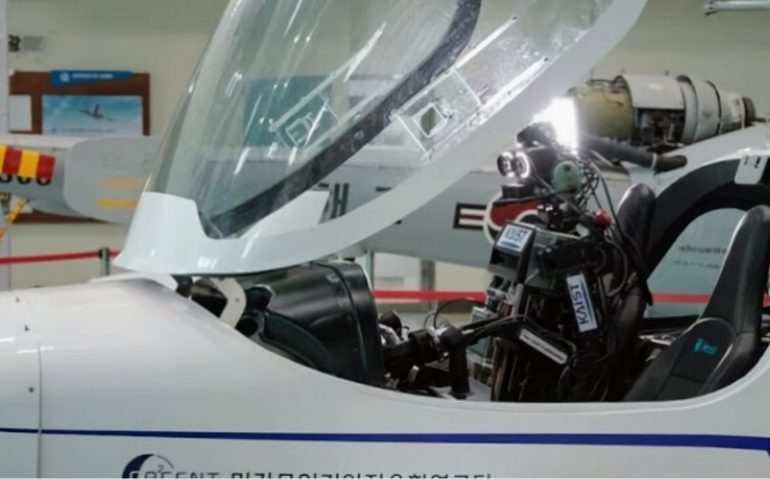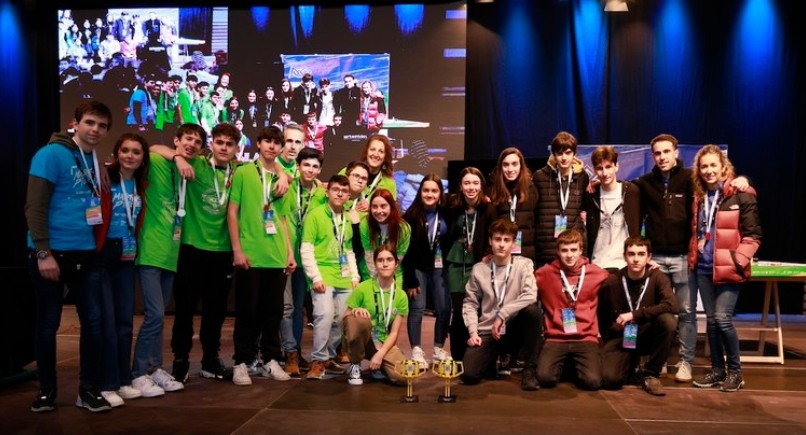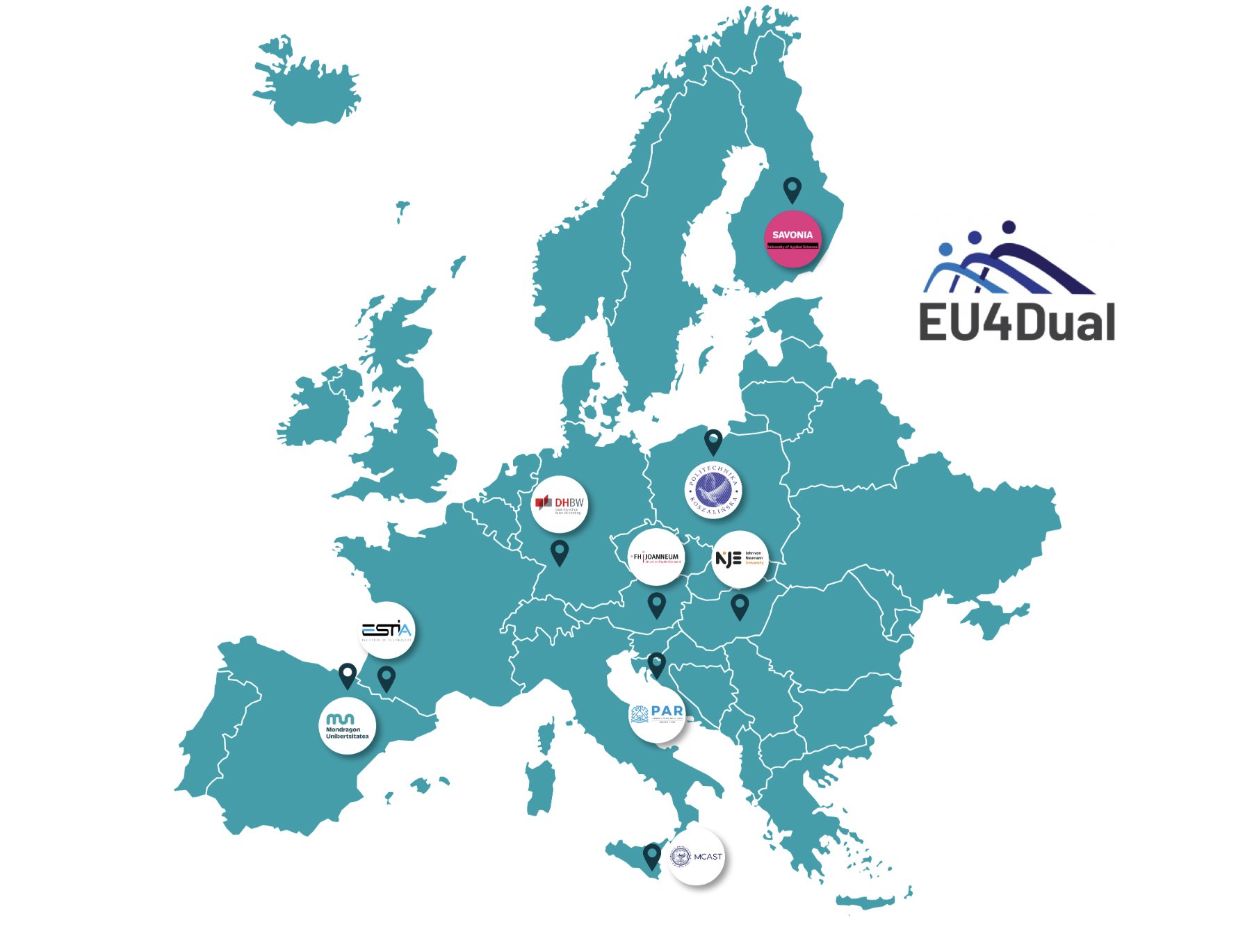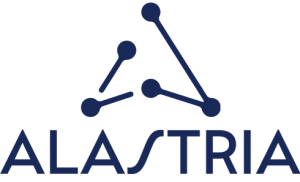‘Pibot’: a humanoid robot that can fly a plane and memorize all aviation manuals.
The robot can control its arms and fingers to skillfully use the flight instruments, even in high vibrations in an airplane. The robot’s memory is so large that it can memorize all Jeppes navigation charts, a task impossible for human pilots.
Both artificial intelligence (AI) and robotics have come a long way in recent years, meaning that most human jobs will soon be overtaken by technology, both on land and in the sky.
A team of engineers and researchers at the Korea Institute of Science and Technology (KAIST) is developing a humanoid robot capable of piloting airplanes without changing the cockpit.
“A pivot plane is a humanoid robot designed for humans that can fly like a human pilot and manipulate all the controls in the cockpit,” David Shim, associate professor of electrical engineering at KAIST, told Euronews Next.
The robot can control its arms and fingers to deftly operate flight instruments, even with high vibrations in an airplane, using high-precision control technology.
The external cameras help the Pivotot monitor the current state of the aircraft and the internal ones help operate the key switches on the control panel.
Pivot is able to memorize complex manuals presented in natural language, a feat that improves adaptability to different aircraft.
Its memory is so great that it can memorize all the world’s Jeppes aeronautical navigation maps, something impossible for human pilots, according to the KAIST team.
“Humans can fly a lot of planes, but they have these habits built into them. So when they try to change planes, they have to get another qualification. Sometimes that’s not so easy, because the habit stays in our head and we can’t simply switch from one to another,” explained Shim.
“With the robot pilot, if we show the individual configuration of the plane, then you can fly the plane by clicking on the type of plane,” he added.
- ChatGPT has made great progress
The research team claims that Pivot can “understand” and memorize manuals originally written for humans, thanks to recent advances in large language models (LLMs).
“We had our pre-pilot robot in 2016. At that time, we didn’t have good AI technology, so what we built was a simple robot. They can’t learn anything from literature or manuals. But with ChatGPT, or some other language modeling system with some of the big ones, the technology has advanced tremendously,” explains Shim.
Thanks to the LLM, the Pibot is expected to perform error-free flights and react much faster in emergency situations than its counterparts.
This robot is capable of memorizing the aircraft’s operating and emergency manuals (QRH, the cockpit manual that the crew can refer to in case of in-flight problems) and responding immediately. It can also calculate a safe route based on the status of the aircraft in flight in real time.
In addition to using ChatGPT, the research team is developing and testing its own natural language model so that Pibot can perform queries without being dependent on an internet connection.
The adapted language model will only handle information about the pilot and will be stored in a small computer that can be carried on board.
- Fly alone or as a co-pilot
The pivot can also be connected to aircraft to communicate directly with them. It is currently designed for use in extreme situations where human intervention is not beneficial.
The humanoid robot can also communicate with air traffic controllers and humans in the cockpit using voice synthesis, allowing it to act as a pilot or first officer.
Its adaptability goes beyond the realm of aviation. He is 160 cm tall and weighs 65 kg. Pivot’s humanoid design allows it to perfectly replace humans in functions such as driving cars, operating tanks, or commanding ships on the high seas. Shim says this robot can be used anywhere a human is “sitting and working”.
“The human form may not be completely efficient, but we specifically designed the Pibot to be a humanoid form, because everything is made for humans. We can have eight arms and four eyes, but we think the human form is optimal,” explains Shim.
The robot is still in the development phase and is expected to be completed by 2026.
The research project was commissioned by the Defense Development Agency (ADD), South Korea’s government agency responsible for defense technology research, according to KAIST.













